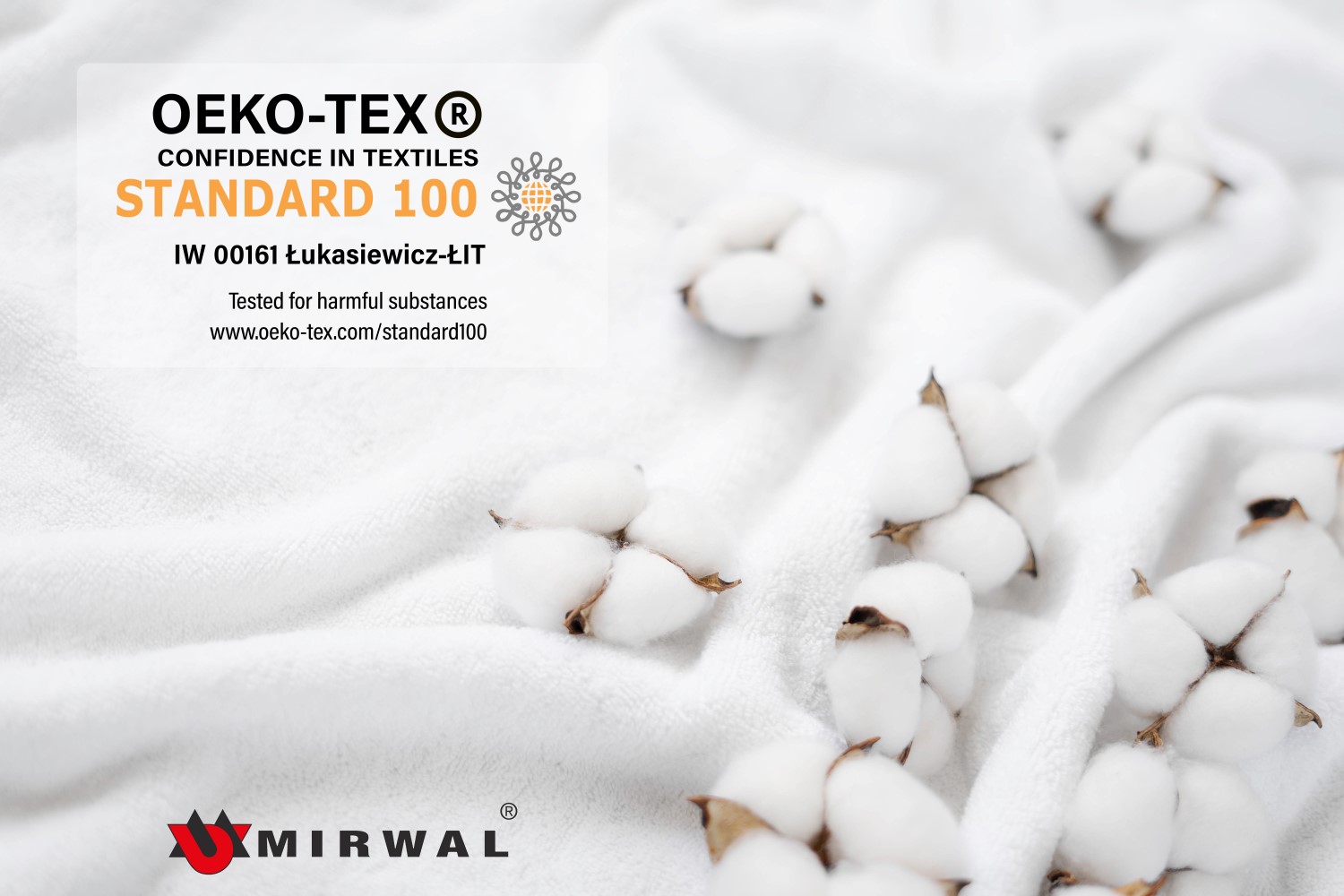Reactive printing
Reactive digital printing on textiles is an advanced technology that makes it possible to print high-quality graphics on cotton fabrics and knitwear by using special inks and printing devices. This type of printing is becoming more and more popular in the clothing and textile industry, as it allows creating unique designs and customizing clothes and accessories.
There are many advantages of reactive digital printing. First of all, this technology allows for printing very detailed and photorealistic designs, which makes clothes look professional and attractive. In addition, thanks to this option of printing on different types of materials, one can create clothes for different needs and styles. Reactive printing is also very durable and resistant to washing, so the prints do not fade or come off during use.

Another advantage of this technology is the ability of printing small production runs and customizing products. Thanks to reactive digital printing, one can easily create unique clothes for individual customers or small companies, which gives designers and entrepreneurs more freedom in creating and selling clothes. It is also possible to print a “sample” design, which makes it possible to sew a prototype, evaluate the colours and make changes before larger production run. Reactive printing enjoys a reputation for saturated, strong colours with an unlimited range of colours. When producing small production series, this type of printing is perfect, as it is possible to print several designs on one beam.
However, despite of many advantages, reactive digital printing on textiles has also some disadvantages. One of the main disadvantages of this technology is the high cost of investing in professional equipment and inks, so not every company can afford it. Moreover, reactive digital printing requires specialist knowledge and experience to achieve the best results, which can be a challenge for beginners in this field.
The composition of a given material is also very important. Reactive dyes bind with cellulose fibres such as cotton, viscose, linen and bamboo.
It should be noted that reactive printing goes through a number of processing stages. Before printing, it must be bleached, refined with the necessary processes, such as enzyming, finishing and appropriately cut. After printing, it goes through the process of steaming, washing and compacting, which may affect the time of order fulfilment.
Despite of slightly more complicated technological process, reactive digital printing on textiles is becoming more and more popular in the clothing and textile industry. Let’s not forget that this technology allows creating unique and multi-coloured designs and customizing clothes, which makes it an excellent solution for companies and designers who want to stand out on the market.
This increases competitiveness and meets the needs of increasingly demanding customers. That is why these prints are becoming more and more developmental and should be improved in the clothing and textile industry.




